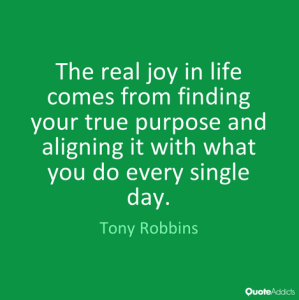
America is presently trapped in their “polar vortex” We are reading reports telling us that temperature records were shattered across the United States on Tuesday as the polar vortex continued to take hold, with all 50 states experiencing freezing temperatures at some point in the day.
As I’m sure many experiencing this extreme weather that is giving us this polar vortex most have become aware of what is causing it. It is a circulating pattern of strong winds flowing around a low-pressure system, which normally sits over the Arctic during winter. It is not a single storm.
These winds tend to keep the bitter cold air locked in the Arctic regions of the Northern Hemisphere. However, when the vortex breaks down or splits into two, the vortex becomes distorted and dips much further, allowing this to spill farther southward than you would normally find it, sending this very cold air further south.
For many organizations, they are also presently trapped in an innovation vortex.
Continue reading “Many organizations are trapped in an innovation vortex also”




 Don’t let anyone tell you it is easy to run your own business, it is far from that. I thought I’d write about what and where it has meaning for me in this “finding our true purpose”.
Don’t let anyone tell you it is easy to run your own business, it is far from that. I thought I’d write about what and where it has meaning for me in this “finding our true purpose”.